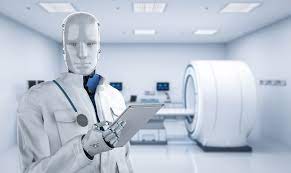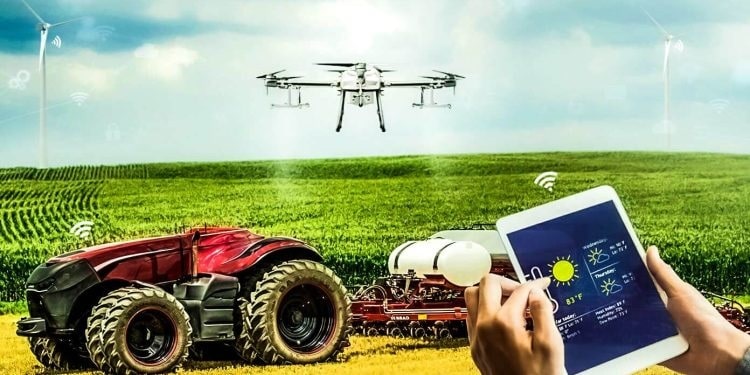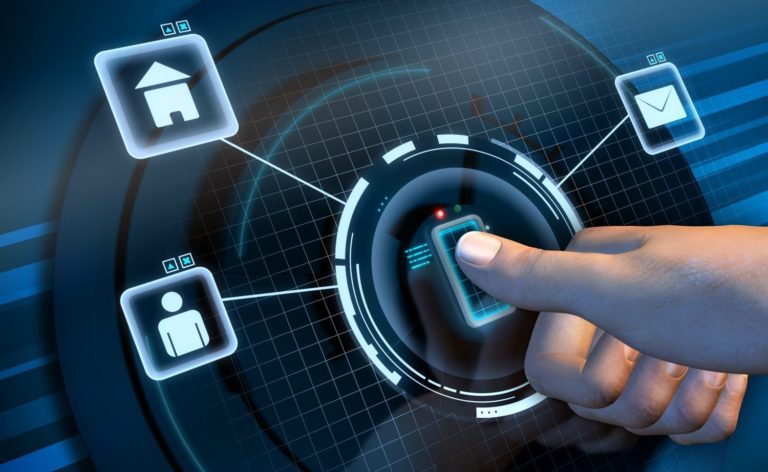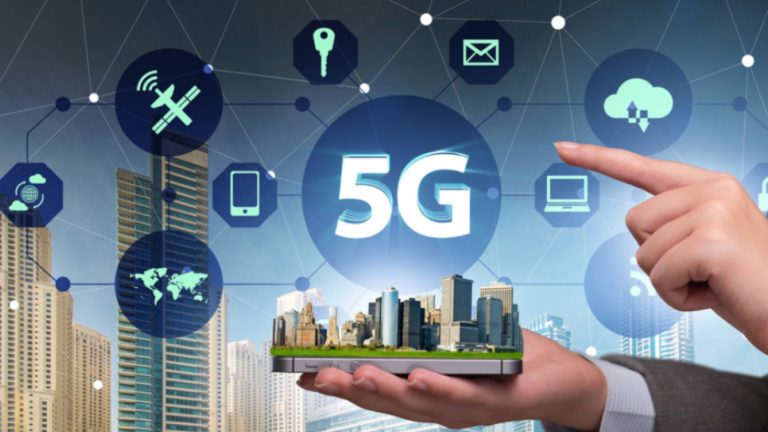Robotics in Healthcare: Enhancing Patient Care
The field of healthcare has been undergoing a revolutionary transformation with the integration of robotics. Robotics in healthcare is not a futuristic concept but a tangible reality that is already making a significant impact on patient care. The utilization of robots in various healthcare settings has proven to enhance efficiency, accuracy, and overall quality of care provided to patients.
This article delves into the diverse applications of robotics in healthcare and how these advancements are shaping the future of patient care.
Table of Contents
Surgical Robotics: Precision and Minimally Invasive Procedures
One of the most prominent areas where robotics has made a substantial impact is in surgery. Surgical robots, such as the da Vinci Surgical System, have enabled surgeons to perform complex procedures with unparalleled precision and control.
These robotic systems provide a 3D visualization of the operating field and allow for minimally invasive surgeries, leading to smaller incisions, reduced pain, and faster recovery times for patients. Surgeons can manipulate robotic arms with precision, enhancing their capabilities and expanding the scope of what can be achieved in the operating room.
Telepresence Robots: Expanding Access to Healthcare
Telepresence robots are becoming increasingly popular in healthcare, especially in scenarios where physical presence might be challenging. These robots enable remote healthcare professionals to interact with patients, providing consultations, monitoring vital signs, and even assisting in rehabilitation exercises.
This is particularly beneficial in rural or underserved areas where access to specialized healthcare professionals may be limited. Telepresence robots enhance the reach of healthcare services, ensuring that patients receive timely and expert care.
Rehabilitation Robotics: Improving Recovery and Quality of Life
Rehabilitation robotics plays a crucial role in helping patients recover from injuries or surgeries. These robots assist in repetitive and targeted movements, aiding patients in regaining strength and mobility.
Robotic exoskeletons, for instance, can be used to support and enhance the rehabilitation process for individuals with spinal cord injuries or neurological disorders. By providing consistent and controlled movements, rehabilitation robots contribute to improved patient outcomes and enhanced quality of life.
Automated Medication Dispensing Systems: Ensuring Accuracy and Compliance
In healthcare settings, medication errors can have severe consequences. Automated medication dispensing systems, powered by robotics, help in reducing the risk of errors and improving medication management.
These systems can accurately dispense the prescribed medication at the right dosage and time, minimizing the likelihood of human error. Additionally, robotics can contribute to medication adherence by sending reminders to patients and caregivers, ensuring that the prescribed regimen is followed consistently.
Diagnostic and Imaging Robotics: Precision in Healthcare Imaging
Robotic technology is also enhancing diagnostic capabilities in healthcare. Robots equipped with advanced imaging technologies can perform precise and targeted scans, improving the accuracy of diagnoses.
For example, robotic-assisted ultrasound can provide real-time imaging with enhanced clarity, aiding healthcare professionals in identifying and assessing medical conditions more effectively. These advancements contribute to early detection and more informed decision-making in patient care.
Conclusion:
The integration of robotics in healthcare is not about replacing human expertise but enhancing it. Robotics in healthcare is a symbiotic relationship between technology and healthcare professionals, with the ultimate goal of improving patient outcomes and providing better overall care.
As technology continues to advance, we can expect further innovations in robotics that will revolutionize the healthcare landscape, making it more accessible, efficient, and patient-centric. The future of healthcare is undeniably intertwined with the evolution of robotics, marking a new era in patient care.





